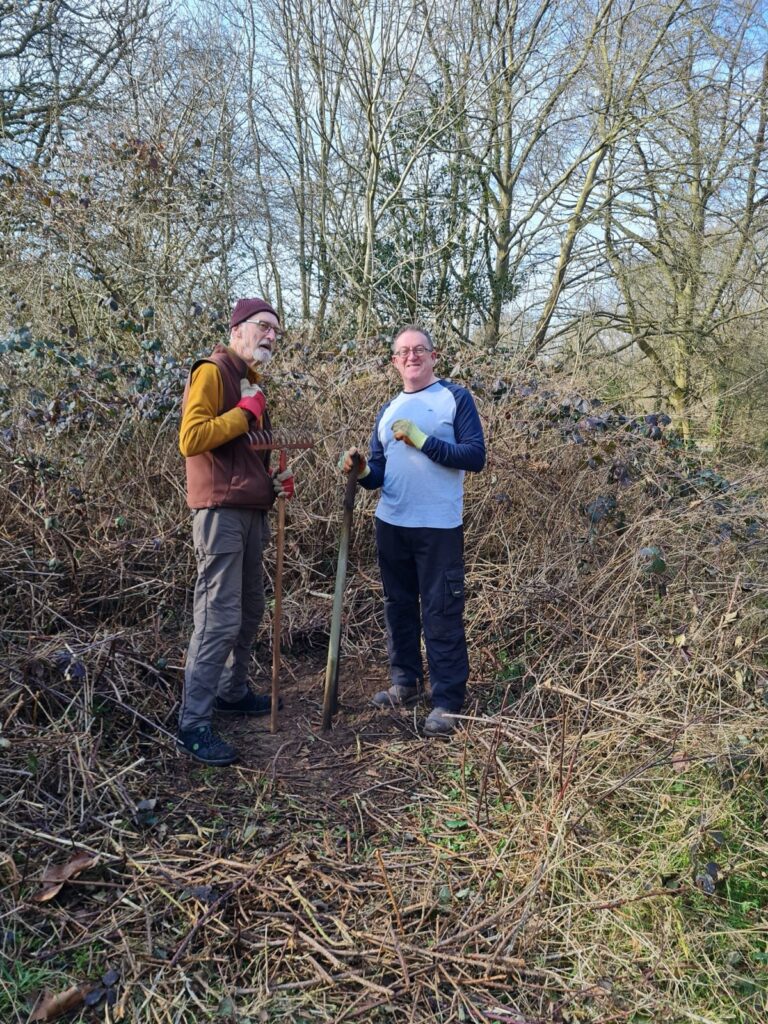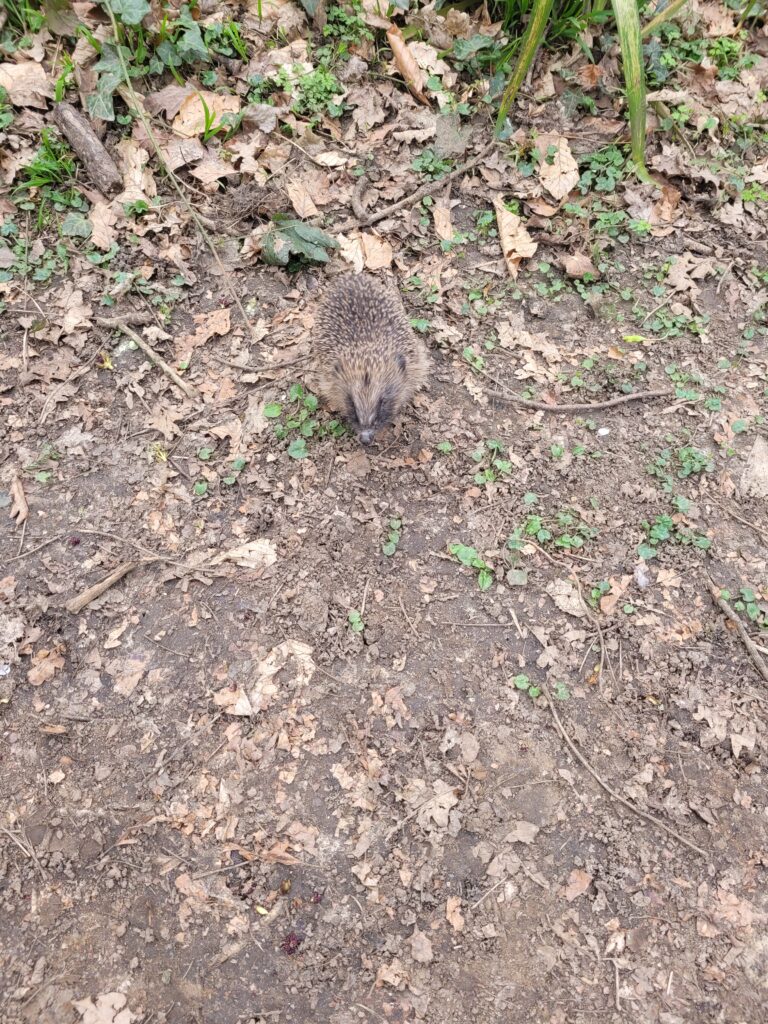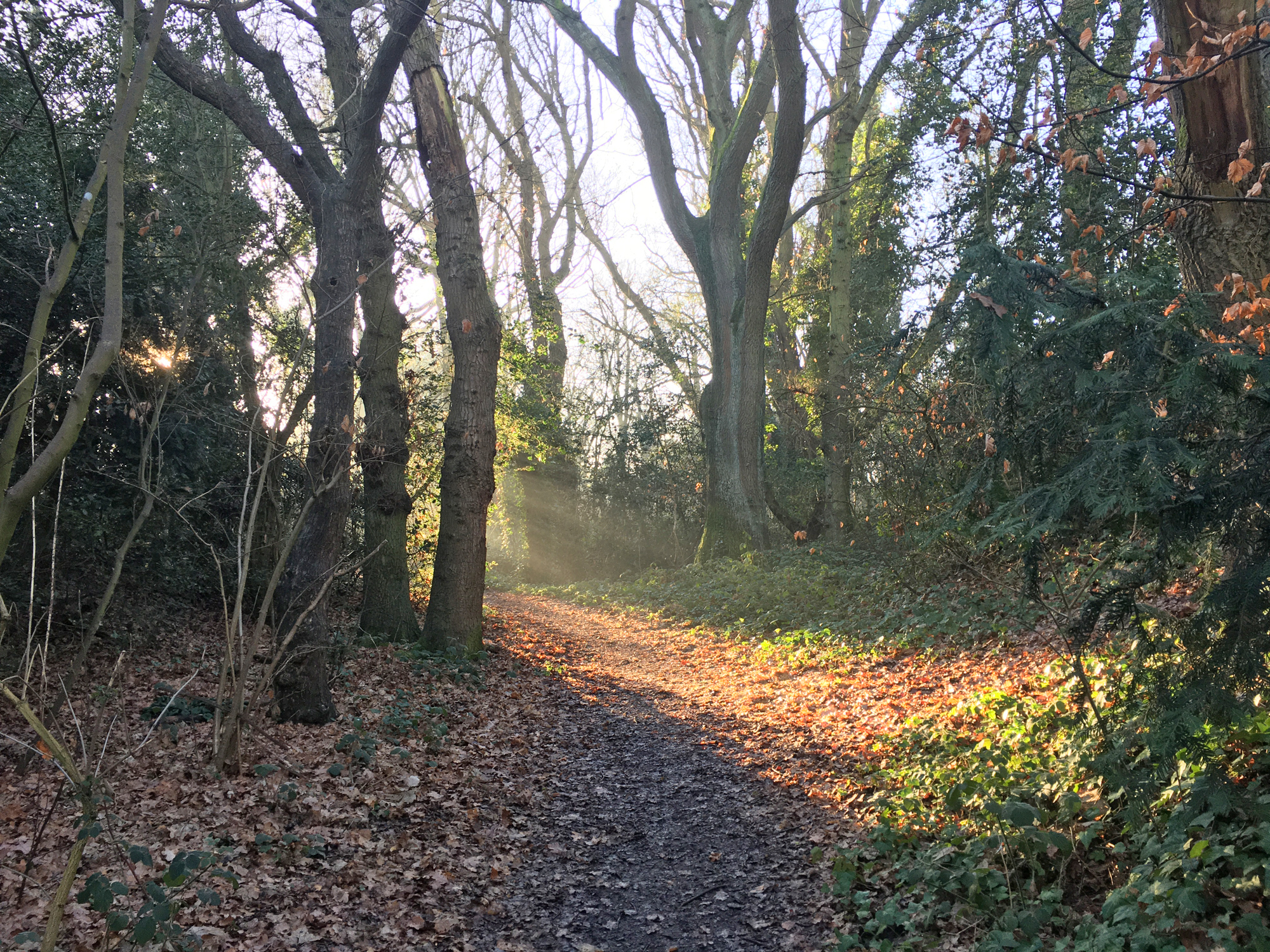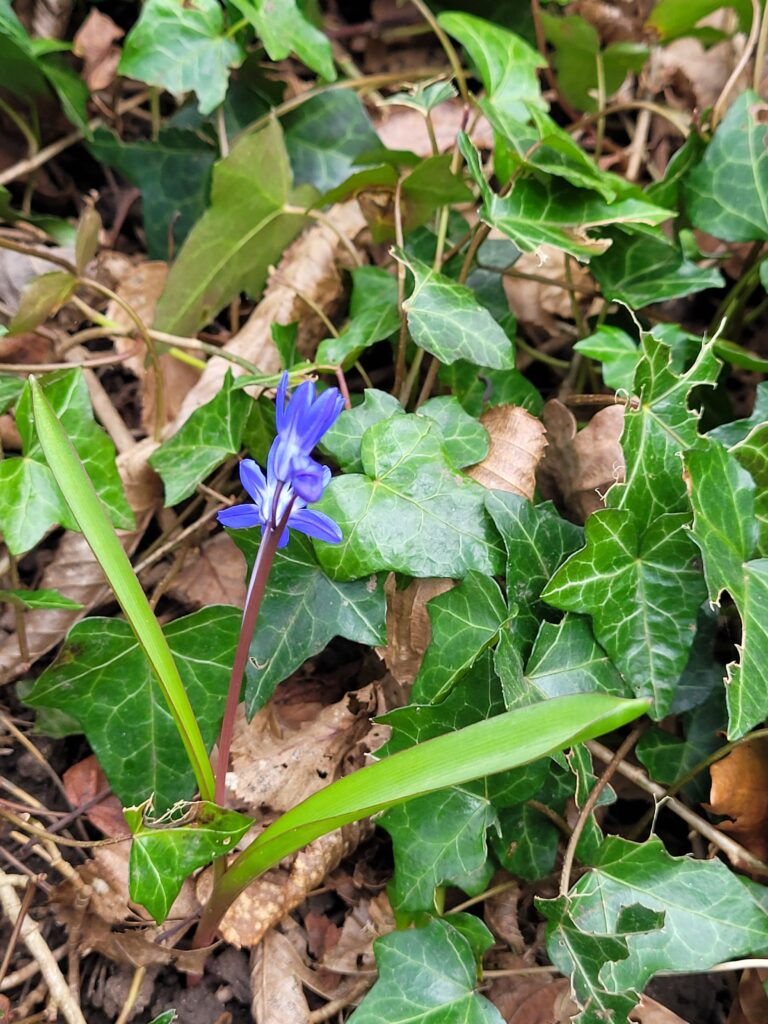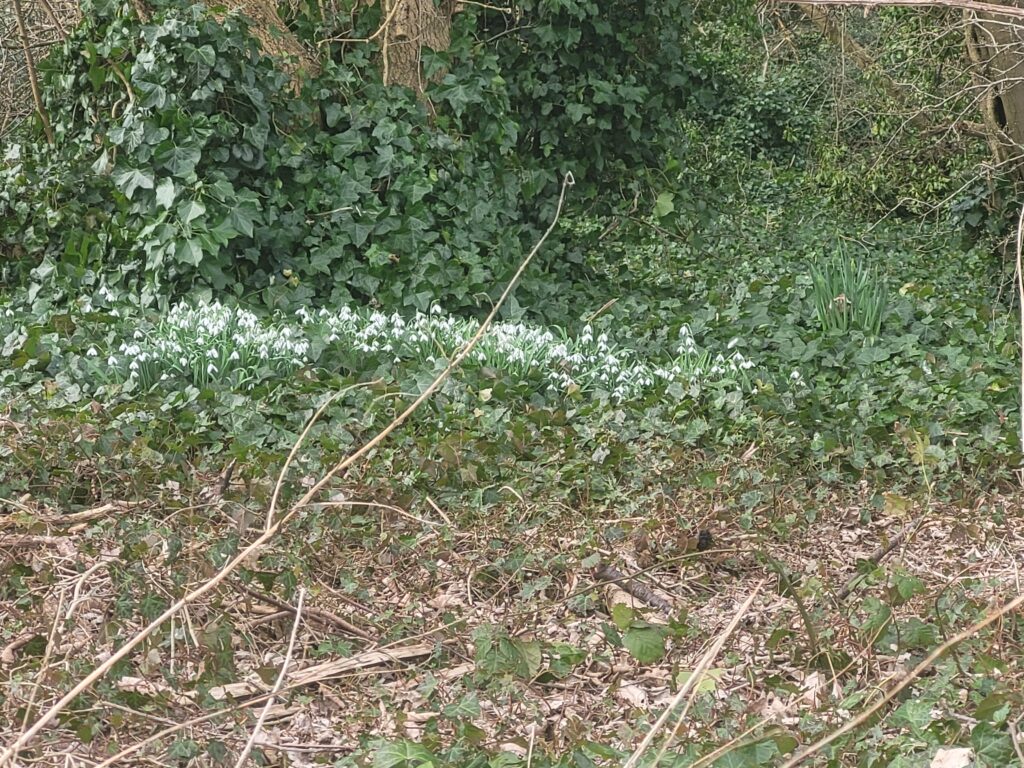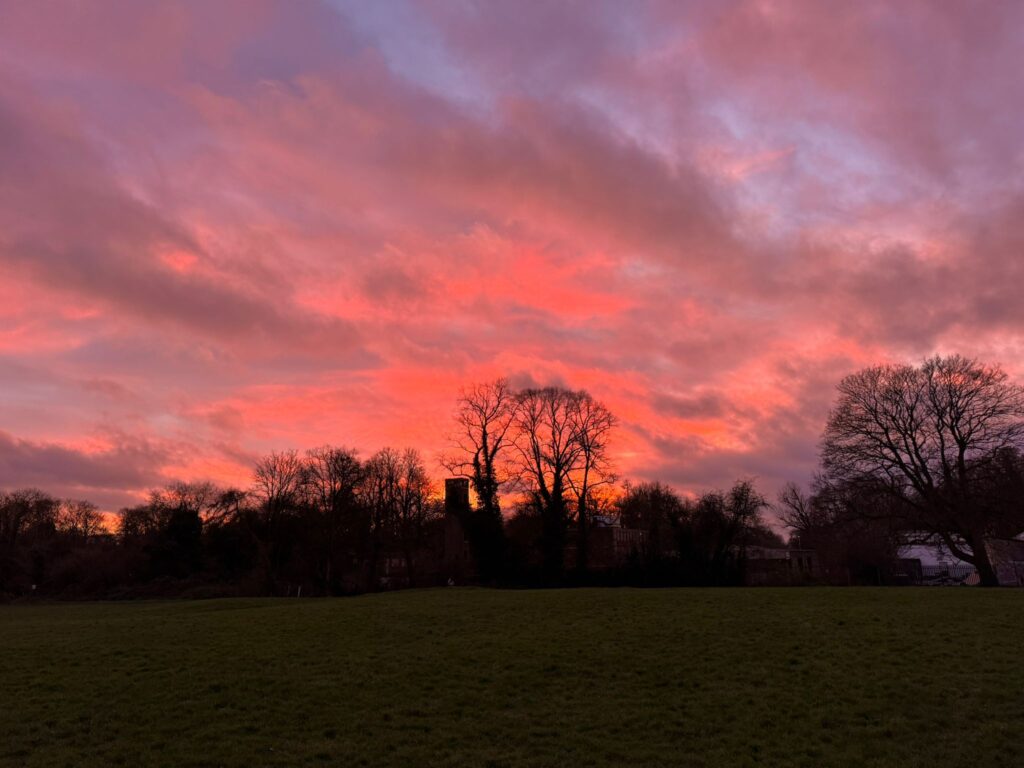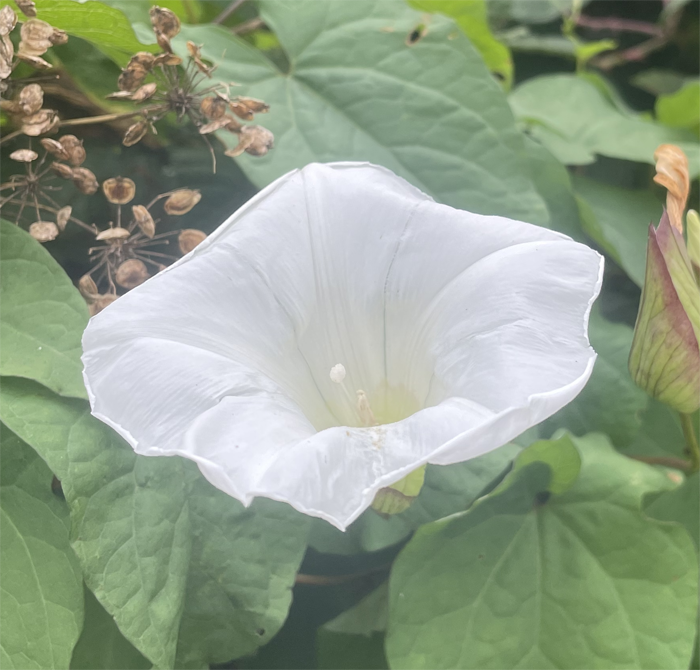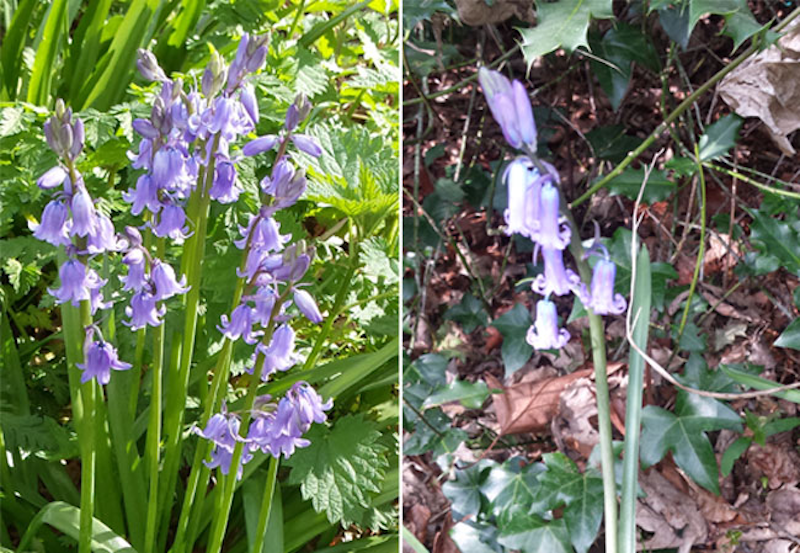Plenty of activity on Bernards Heath as the flora and fauna wake following a long winter. The Friends planted another oak tree as part of extremely long-term planning! A young hedgehog was spotted out and about, and keep an eye out for bluebells in April.
Here are some of the lovely images captured by our spotters, please share your sightings below!
